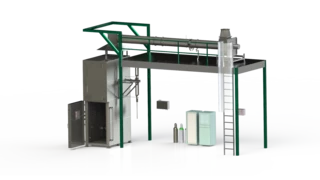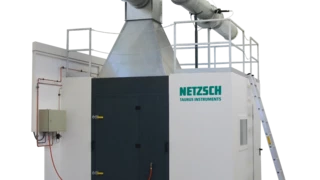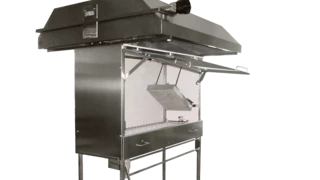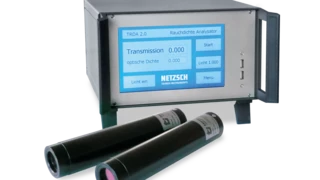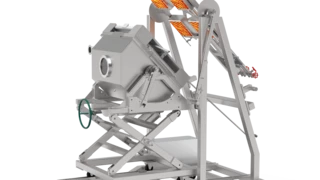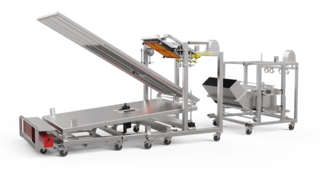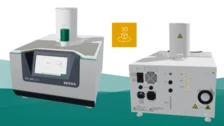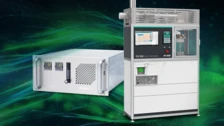
Fire Testing
Fire Testing Systems
For preventive fire protection, the appropriate choice of materials and components is essential in order to prevent fires altogether or prevent them from spreading. The basis for this decision are fire tests according to German, European and international standards used to classify the flammability and the burn rate of materials for the construction, textile, automobile and electrical industry.
For the construction industry, especially the reaction to fire of building materials with the resulting parameters flammability, flame spread, flaming droplets, combustibility, heat release, calorific value, smoke production and toxicity as well as the fire resistance of building components are of relevance.
The reaction to fire of all materials and structures used for construction such as facades, building and insulation material, plastics, gaskets and floor coverings is tested. Tests regarding fire resistance are performed on various components such as ceilings, walls, doors, windows, protective barriers, bracings, fire protective glazing and fire protection shutters.
Tests in the field/area of mobility focus on the flammability and flame spread rate of materials for the interior of vehicles such as interior lining / trim, seats and floor coverings for aviation, railed vehicles, road vehicles and ships.
The reaction to fire, especially the flame spread and flaming droplets, smoke density, insulation integrity and the formation of corrosive gases on impact of flames/fire of electrical, control and data cables are the basis of fire tests in the field of products of the electrical industry.
Textile Products, such as upholstery fabrics, curtains and drapes, decorative materials, floor coverings, protective clothing are primarily tested and classified for flammability, reaction to fire, dripping behavior.
The introduction of the European classification system is based on DIN EN 13501-1 (reaction to fire) and DIN EN 13501-2 (fire resistance).
